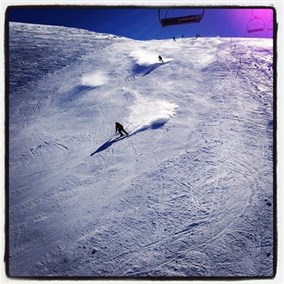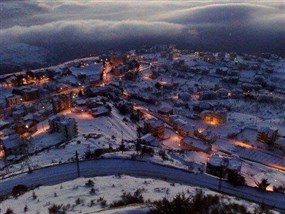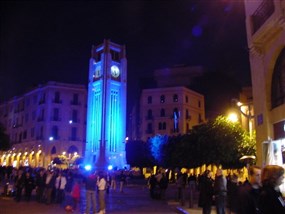The beneficiaries of the energy produced will primarily be the people of Bourj Hammoud, who will experience a sense that they own exceptional clean energy produced by the river that passes through their area.
Al Monitor (Beirut) - A field stretches by a river, but it does not produce fruits and vegetables. It features, however, devices that produce electricity from the sun. A blue expanse of solar panels covers the Beirut River between the Armenia bridge and Yerevan bridge in Bourj Hammoud. This solar field now has 1 megawatt of capacity, and is estimated to guarantee 1.6 million kilowatt-hours (kwh) per year, fulfilling the needs of around 1,000 homes.
The field is estimated to prevent the emission of around 1,000 tons of carbon dioxide annually. Implementation is nearing completion: 3,600 solar panels have been built on a structure of concrete girders extending across the river with steel supports - 325 meters (about 1,066 feet) long and 32 meters (about 104 feet) wide - that form a "suspension bridge" without any obstruction to the flow of the river. The solar field is expected to connect to the public network in May 2015 through a transformer and without storage. The beneficiaries of the energy produced will primarily be the people of Bourj Hammoud, who will experience a sense that they own exceptional clean energy produced by the river that passes through their area.
This is the first stage of the project - called the "Beirut River Solar Snake" - which is part of the national project for energy self-sufficiency being pursued by the Lebanese Center for Energy Conservation (LCEC), which was approved by the parliament in November 2011. The project's ultimate goal is to produce 10 megawatts from solar fields extending 6 kilometers (3.7 miles) over the river in around 5 years, to meet the needs of 10,000 homes. The Ministry of Energy and Water has guaranteed $3 million of funding for the first stage. It is hoped that with the beginning of the second stage, between 1 and 2 megawatts will be produced in 2015. According to the budgeting plan, each stage will be funded by the value of electricity produced in the previous stage.
Is Lebanon, the country with 300 sunny days a year, really proud of 1 megawatt of solar energy, though?
Pierre El Khoury, the director of the LCEC, said that the importance of the Beirut River Solar Snake is not in its material value alone, but also in its encouragement of the solar market. Since the project's implementation began in late 2013, photovoltaic systems have been assembled in Lebanon that amount to a capacity of 30 megawatts in the private sector, in factories, schools, hospitals and elsewhere. Phoenix-ASACO was contracted to execute the project as it was the one to bid the lowest price. The 12 companies that participated in the bid are presently working on installing the photovoltaic cells to produce electricity with solar energy. Khoury expects that between 200 and 300 additional megawatts will be produced by 2020, if the private sector opens the gate to the production of solar electricity, and if that production is connected to the Lebanese electrical company's network (Electricite du Liban). In April 2014, parliament approved a law, which the government is now creating mechanisms to implement, to allow the government to give licenses to produce electricity based on the recommendation of the Ministry of Energy and Water and the Ministry of Finance. This suggestion has been made, and it is now being discussed. As for maintenance, the most important thing is cleaning dust off the solar panels, which will be done with hoses. Panels that break for whatever reason will also be replaced. A 3-meter (9.8-foot) fence will be installed on the banks of the river to prevent anyone from reaching the panels, with permanent guards and cameras monitoring the whole solar field.
The "solar river" will not only be for electricity production. Those involved in the project hope it will become an "oasis of civil organization" through a future plan to create a public park that focuses on the spread of ideas about renewable energy and self-sufficiency, and the construction of a path to cross the "solar bridge" that divides Beirut and Mount Lebanon in Bourj Hammoud, the widest river bridge in Lebanon. A sign will be erected that shows the amount of electricity produced at different times, the amount of carbon emissions that are avoided and the environmental benefits of the project.
Khoury added excitedly, "The value of the project is also that it is the first solar field in the world located above a river." Such a project could be implemented on a canal in Aqabah, and India is aiming to implement a plan to install solar fields over its canals. He indicated that a project for a solar field is coming in the Zahrani area, where the tapline refinery has been defunct for many years. The facilities there are used to hold fuel, and there is a wide area of land that belongs to the Ministry of Energy on which a solar field can be built with funding from oil facilities. The goal is the production of 1 megawatt in the first stage, with 2 megawatts to be added after connection to the network of the Lebanese electrical company. Nine suggestions were made, and a company will be chosen to implement this project soon and work is expected to begin in May 2015. The price will be lower and the implementation quicker than the Beirut River Solar Snake project, since the solar field will be located on the ground without the need for the extension of bridges above water. The first stage can be completed before the end of 2015. A problem in Lebanon could be the lack of land, but there is public property upon which solar fields can be created. The country must not be treated as if it is real estate only for sale that cannot be used for public interest. The commons must be used for the benefit of people, and not for sects and those with influence.



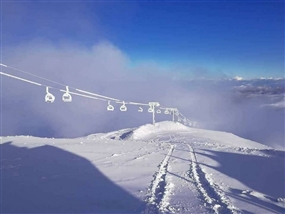
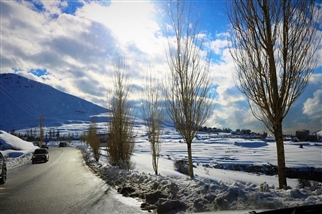
-151029114153325.jpg)
-150908103833282.jpg)
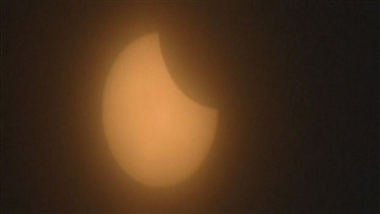

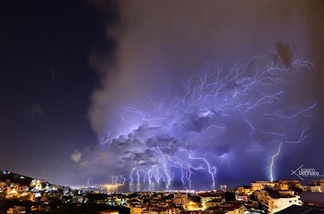
-140410013152695.jpg)
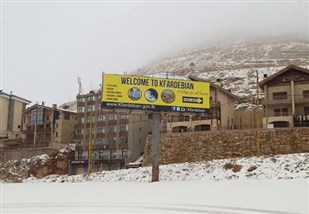

-131205120123197.jpg)

